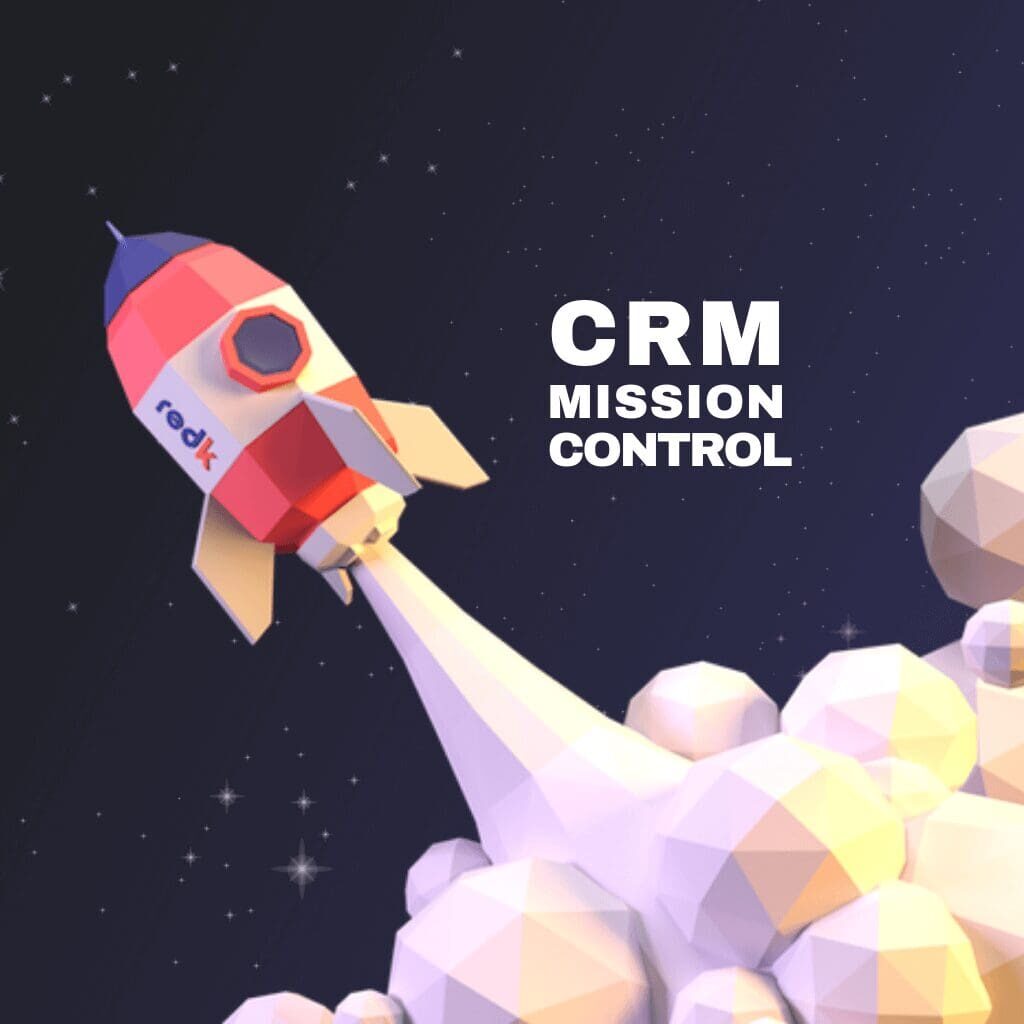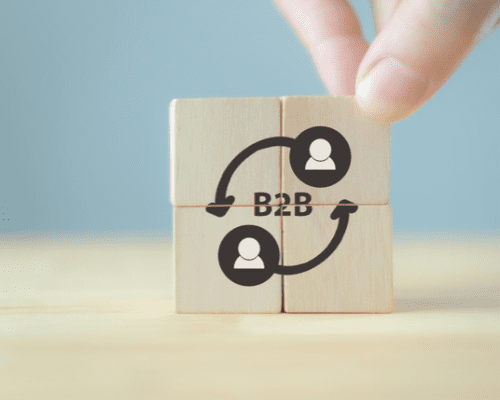Customer experience is now a key component of effective value differentiation against the competition and is increasingly vital to ensure long-term market success – a principle that applies as much to B2B environments as B2C. The fact is, failure to provide a customer experience that lives up to expectations is one of the main factors leading to customer churn. According to CRM Barometer, 85% of UK customers would abandon a brand because of a poor customer experience.
This, coupled with an increasing trend towards more demanding customer expectations, means businesses need to improve their customer experience to avoid churn and boost sales. By properly strategising and implementing the correct CRM technology and customer centric strategy for your company, you can provide a winning customer service that empowers employees, drives revenue, increases loyalty and has a substantial impact on your P&L.
But where do you even begin? Or what can you do if your current CRM tech isn’t performing?
If you feel lost in CRM space, here is our advice on things you should focus on:
Plan in advance
Before you even consider the different CRM solutions on the market, you need to define your strategy. The success of your software implementation depends on having clear, actionable goals that are part of an overall customer service strategy. You need to:
- Establish CRM governance, this will help you gain the support and momentum the project will require once you start
- Set a vision, specific objectives help align tactical plans (e.g. improve consistency across channels, integrate all information into one single source of customer data)
- Create the business case on how a CRM system can help you achieve specific business objectives
With clear objectives like these, you can choose the appropriate solution for your company and prepare for implementation.
Take your people into account
The success of your strategy is always dependant on your employees. They are on the frontline of your business, interacting with customers on a daily basis. Regardless of how well you plan your strategy, the success of its implementation depends heavily on them.
There’s no real reason your employees wouldn’t greatly appreciate an effective CRM system: it cuts down on data entry time, increases productivity, empowers staff with the answers to difficult queries, and allows customers to find their own answers to simple, time-consuming queries.
Yet according to a Forrester study, issues with employees are the main reason CRM projects fail. What’s going wrong?
The main issue is adoption and if often starts at the design stage of implementation. Training plays a major role in adoption, employees need dynamic, ongoing training and mentoring so they can understand how the system can greatly improve their day-to-day, rather than seeing it as a time-consuming addition to their current workload.
It’s all about the customer
Your customer should always be at the centre of your CRM-based strategy. This means you need to understand your clients and design business operations around the customer experience, the tactical capabilities you implement should be design to drive effectiveness and deliver better experiences.
CRM solutions that make use of artificial intelligence allow you to collect, analyse and learn from customer data even from interactions at the very beginning – even before conversion. With these insights, you can drive loyalty by engaging with clients and using their preferred channels and offering the most adequate responses to each situation.
Aside from the many possibilities of AI, it’s crucial that you implement an omnichannel service as soon as possible. This is now considered a base requirement for great customer service and is essential to properly adapt to your customer’s needs. However, this step will also require careful planning and you will need a tailored CRM solution that can effectively integrate all channels.
Identify threats and challenges specific to your organisation
Your strategy won’t end with implementation. You will need to continually evaluate the performance of your CRM in order to identify its strengths and weaknesses and overcome any challenges to growth.
If you fail to identify why your CRM solution isn’t providing optimum results, this can lead to bigger problems down the line. Achieving a consistent customer experience means you must always continue improving by assessing your results, listening to your customer and actioning improvements through technology.
Understand the stages of the customer journey
When setting out on your CRM journey, you’ll need different sets of capabilities to address different challenges, so it helps to understand and structure the tools around the customer journey and the points interaction around each of the stages of the journey. Customers come in contact with brands 4 different stages, and each one of the stages requires different types of expertise and working tools:
- ATTRACT – How customers come across your brand, nowadays this starts generally online. You need to be able to showcase your brand, products and services, and provide a platform for engagement, collect lead information and start nurturing those leads.
- CONVERT – Converting leads into clients should be easier when you have already started creating a complete view of the customer from the very beginning, this should help you be effective at understanding how your products, or services, match the customer’s needs and where are the value differentiators. Automated sales activity and sales guidance models are part of a well implemented solution.
- RETAIN – Delivering a positive experience and a quality service are the basis to prevent churn. The right customer service software and support platform can help you automate and scale operations whilst servicing customers through different channels at anytime, not only during office hours.
- REPEAT – Having all processes centralised, as well as all customer related data, should allow you to automate recurrent revenue programmes, up-selling and cross-selling should happen almost automatically because you are able to recognise opportunities on existing customers. Repeating the sales cycle should be something technology can help you do and that you can rely on to create a forecastable model you can rely on.
It may seem simple – but this is not an easy path to follow. First you need to prepare with a strong strategy and sound implementation plan. With guidance from experts like us at redk, you can empower your employees to ensure your strategy has the best possible chance of taking root. As our advice and support is continuous, you can be assured we will guide your mission, strengthen your growth cycle and drive new levels of success.
With redk, there’s no reason to be lost in CRM space!
If you’d like to find out more about how redk can help you transform your customer service and power ahead of the competition, feel free to contact us today.










